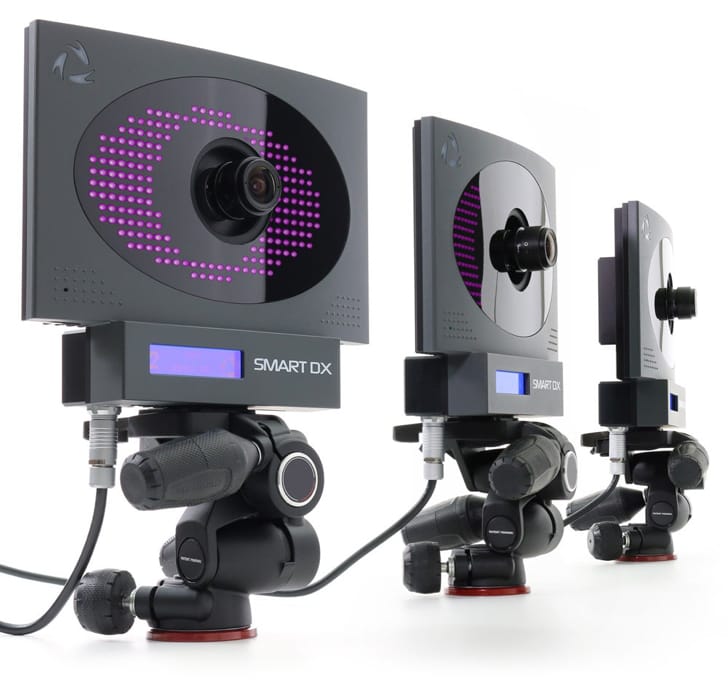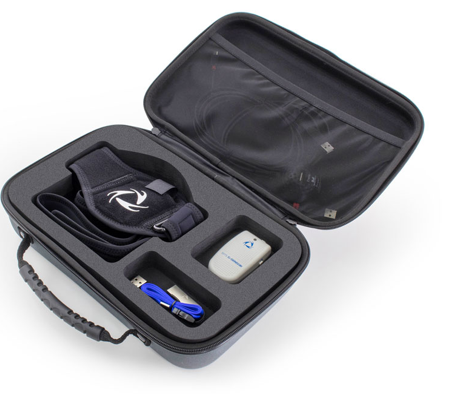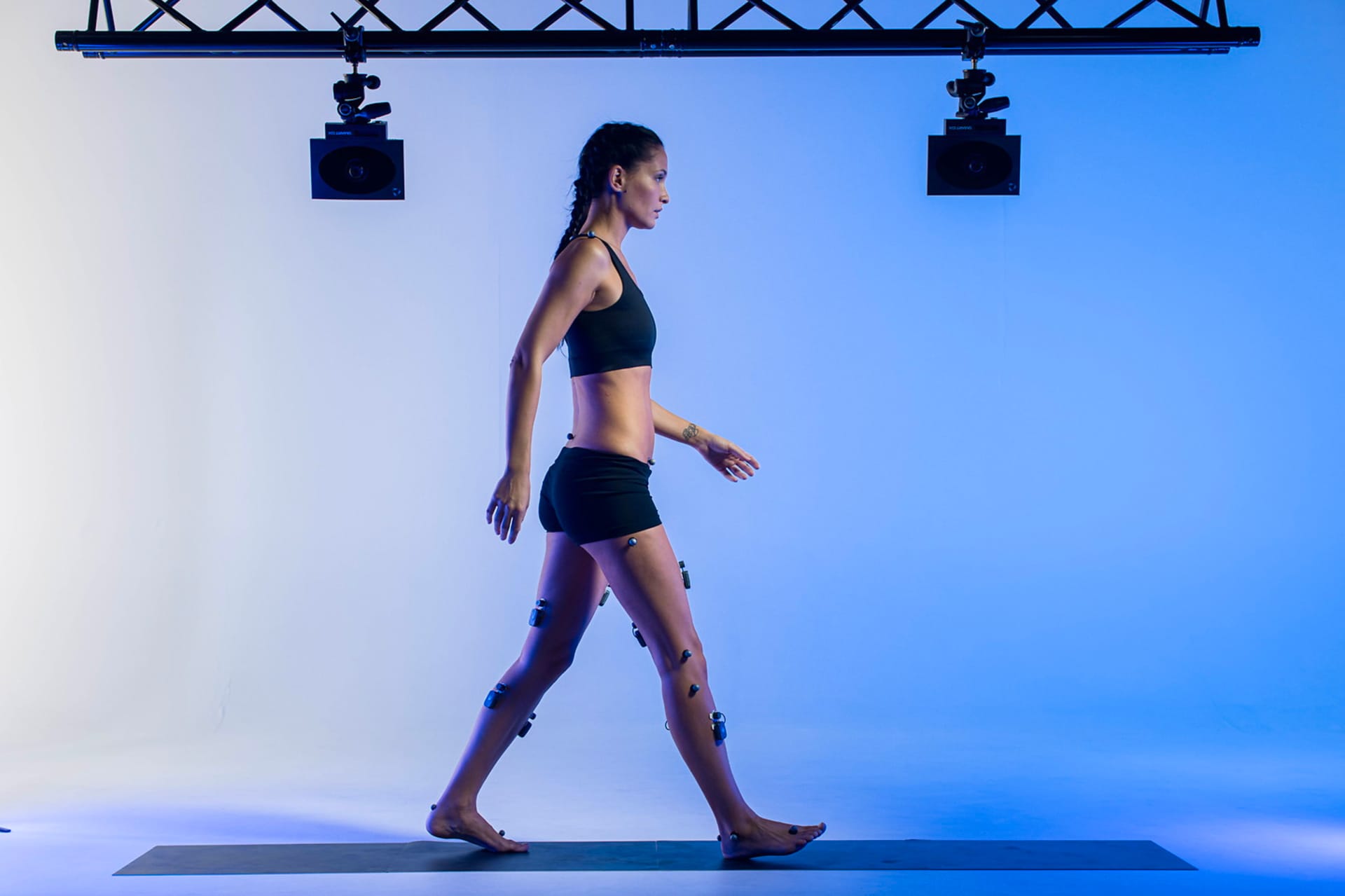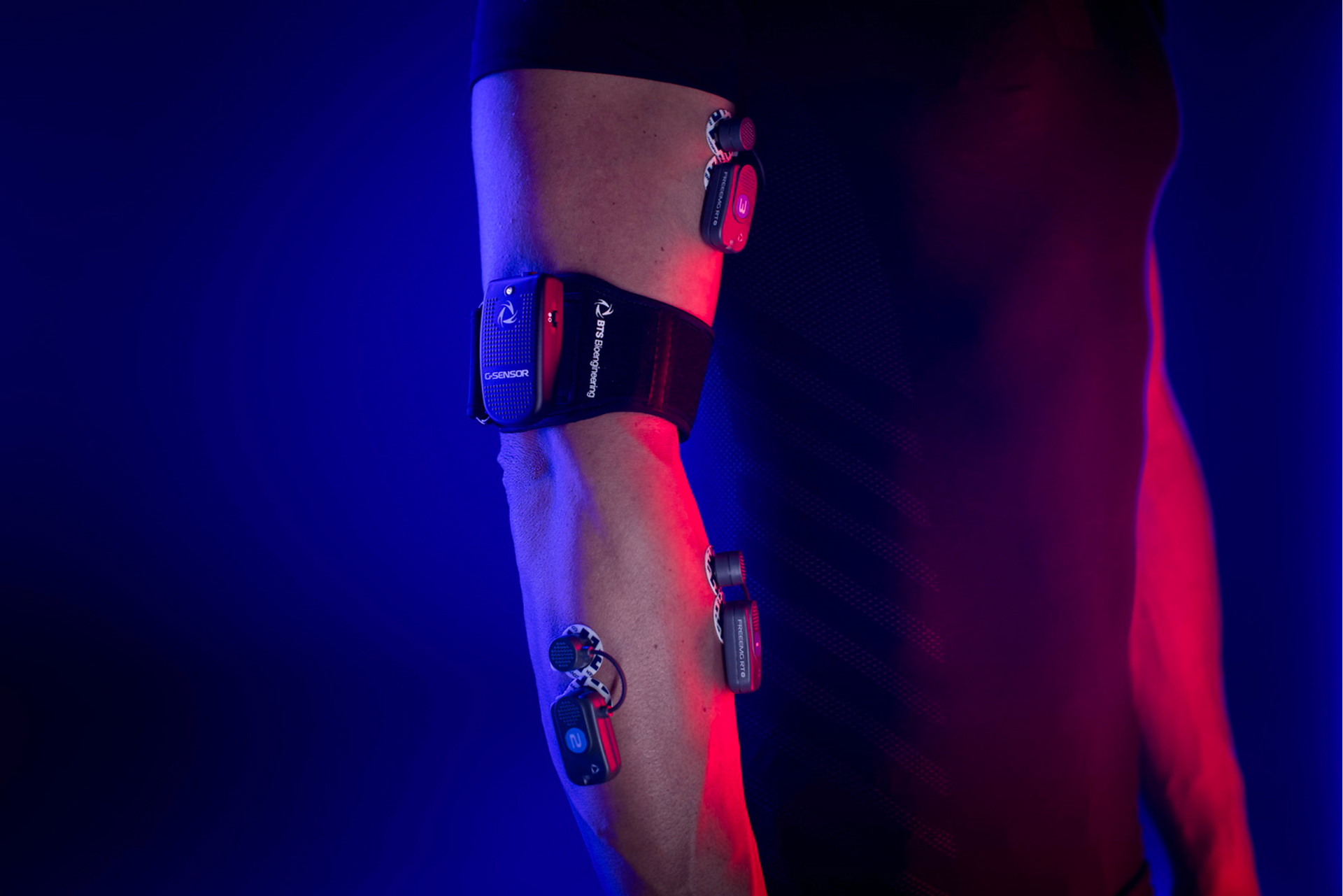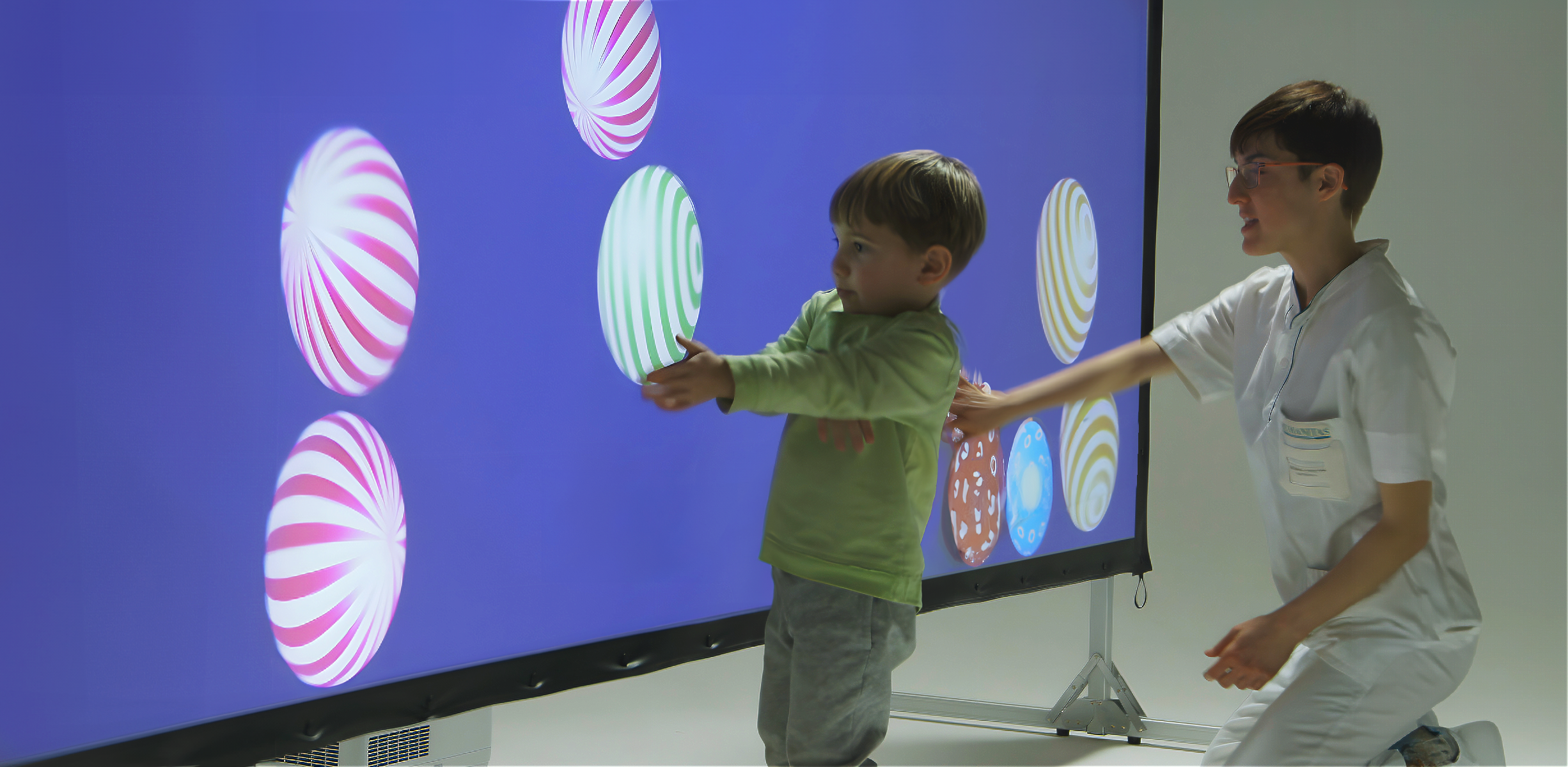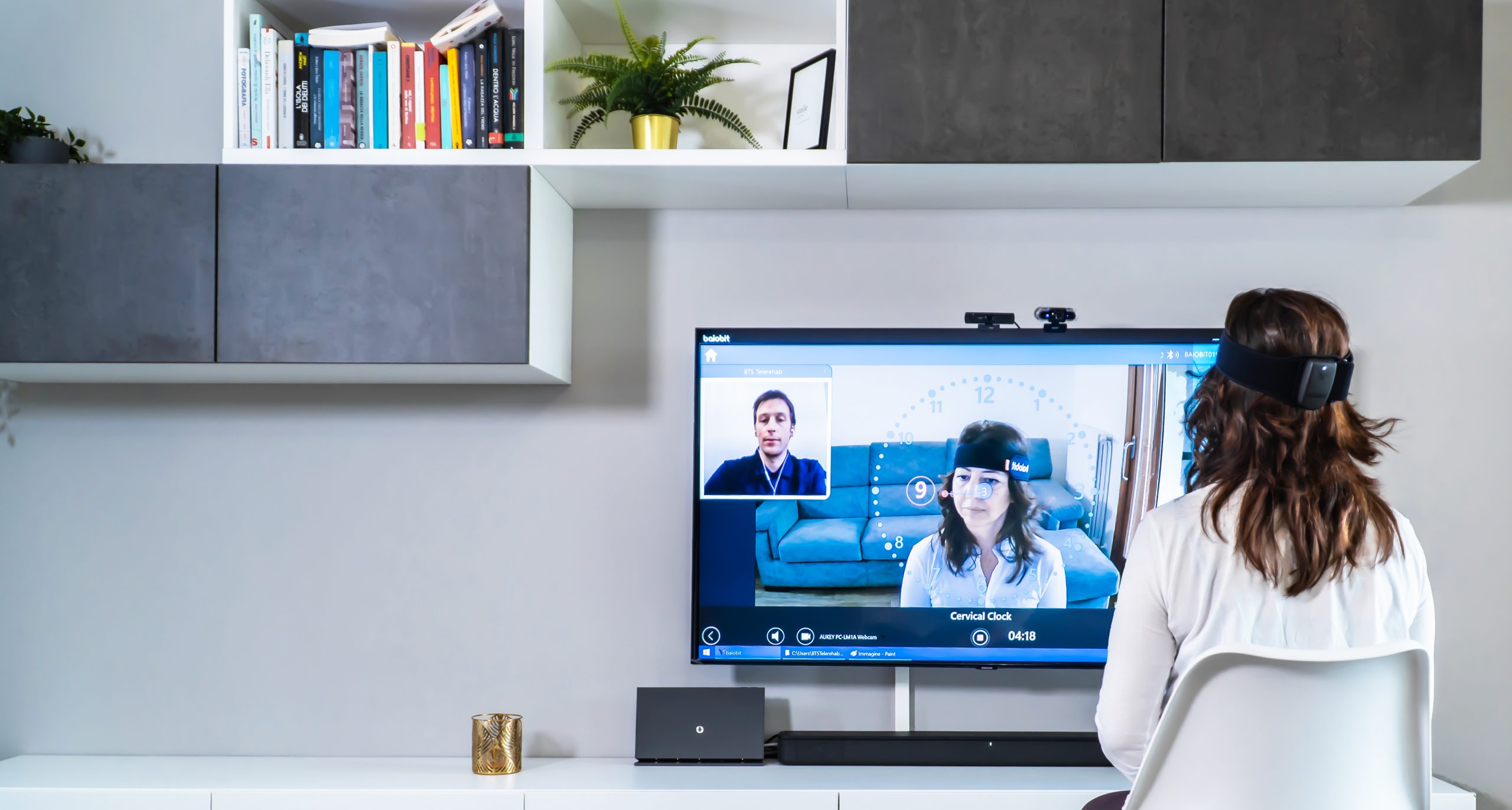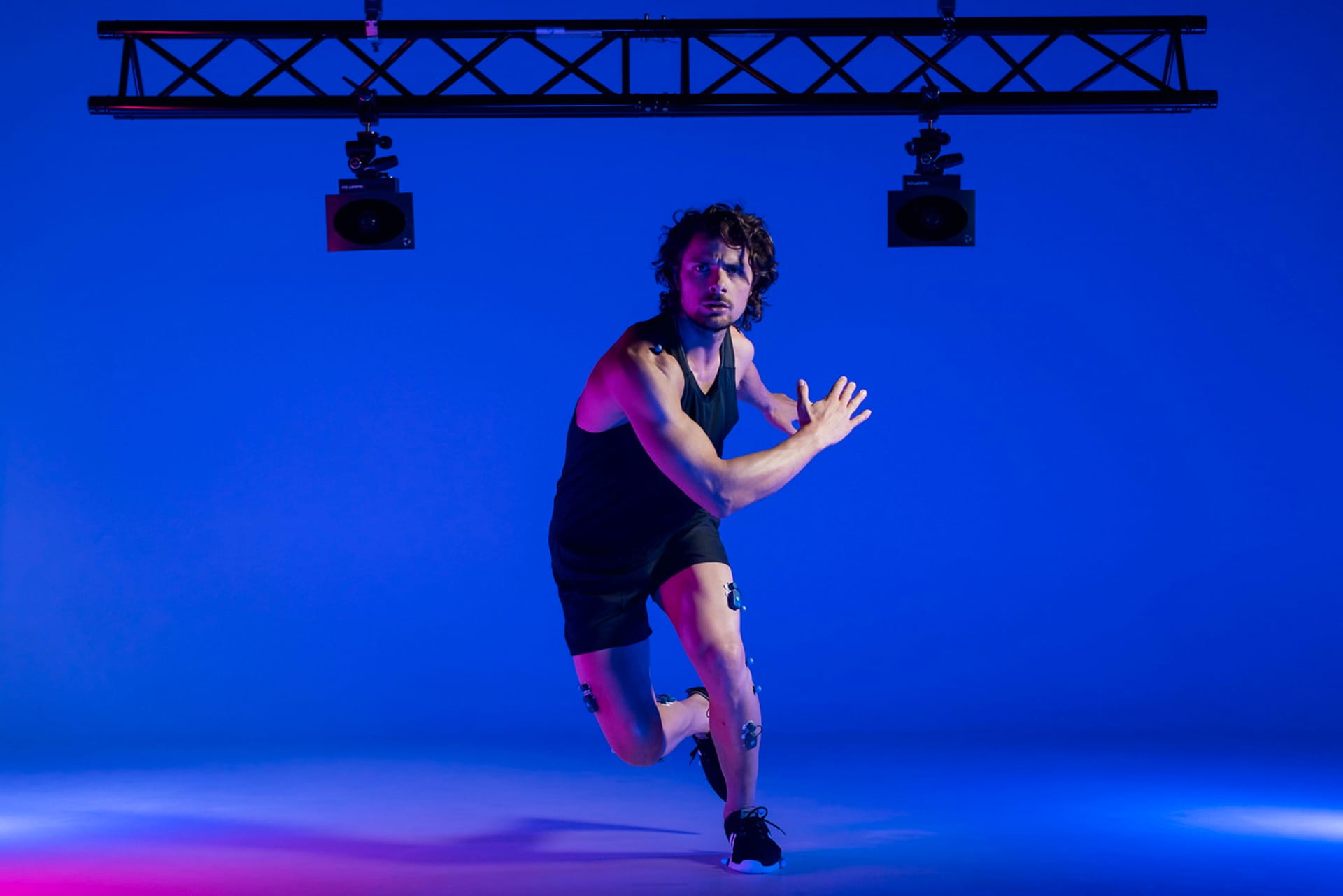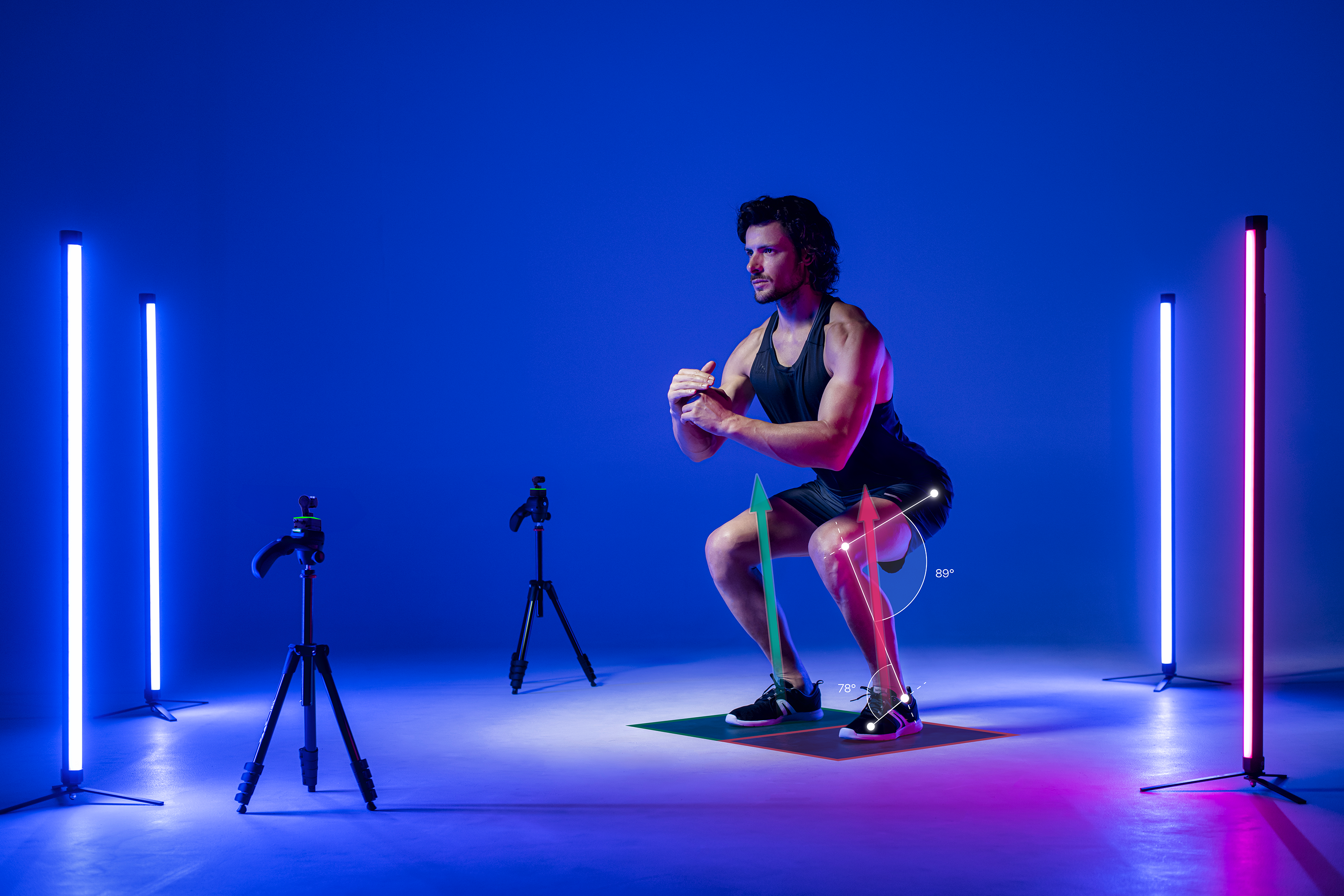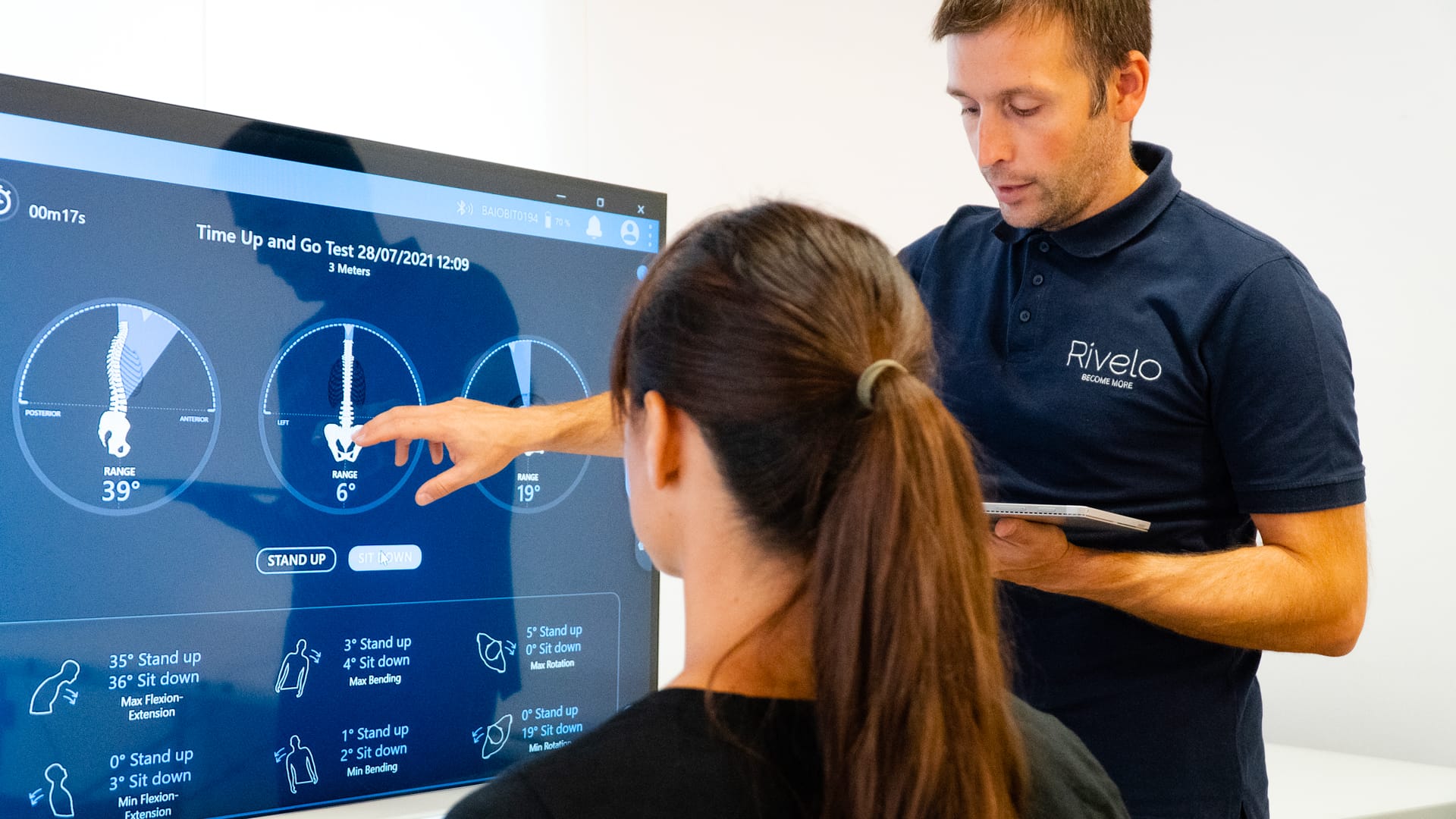Telerehabilitation: where do we stand?
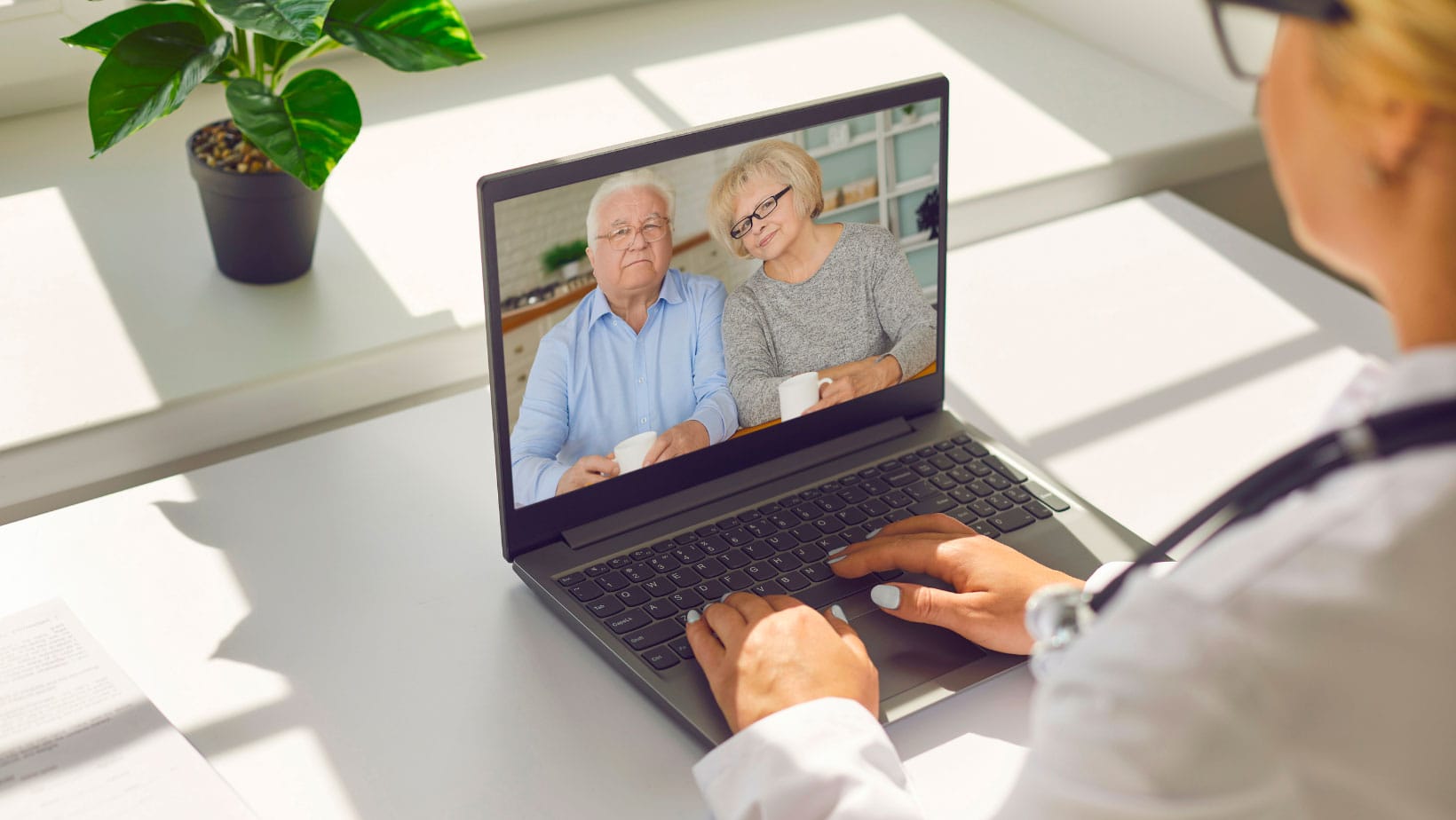
Author: Marta Francisca Corrà
Telemedicine is defined as the use of electronic information and communication technologies to provide and support health care when distance separates participants [1]. This article provides an overview of current telerehabilitation research and practice. The question we ask is: has the time finally come for telerehabilitation to become an integral part of rehabilitative care?
Telerehabilitation can provide rehabilitation services to manage functional, motor and communication recovery [2]. It is an umbrella term applied to approaches that use an ever-expanding range of technologies. Even limiting our review to approaches that provide or support specific training or therapy (not just patient counseling or advice), the number of alternative approaches is still vast: it can be synchronous (connecting patient and therapist in real time through any device), asynchronous (computer-based interventions are monitored remotely and adapted offline by a therapist), or a combination of both [3]. Some key principles governing the use of telerehabilitation should include (1) patient confidentiality, (2) consistently equal rehabilitation standards, and (3) commitment to research and ongoing development of evidence of effectiveness.
Randomized trials of telerehabilitation have shown that these services are not inferior to in-person care [4,5]. Telerehabilitation interventions can improve impairment, disability, and quality of life and help reduce depression, improving the quality of life of their caregivers [4]. Recently, Cramer et al [6] investigated the effectiveness of home-based arm motor function rehabilitation (36 therapy sessions: 70 minutes each) using telemedicine (62 patients) compared with in-clinic rehabilitation (62 patients). Both therapy groups showed significant improvements in arm motor function, confirming that telerehabilitation appears to be as effective as in-clinic rehabilitation [6]. However, use of these interventions has been slow [2].
Although it is too early to have a substantial body of scientific evidence on telerehabilitation, there are some recent examples. Yang et al [7] implemented a virtual graded repetition arm integration program, delivered and evaluated via videoconference. In a small sample, they demonstrated the feasibility of delivering the rehabilitation program via teleconference, and that the geographic reach was greater, with higher participation than in-person sessions. The results of the first 22 patients who participated in a telemedicine-guided, synchronized upper limb rehabilitation suggested that selected patients with chronic stroke can achieve significant improvements in impairment, function, and quality of life via telerehabilitation. However, not all patients were eligible and ongoing work is still needed to optimize this new model [8].
With the widespread adoption of telehealth, catalyzed by COVID-19 pandemic, there is great potential to improve equity of care by addressing geographic, demographic, and socioeconomic barriers [9]. However, this new model of care will reveal new disparities encountered by patients. Technology is fundamental to telehealth delivery, and perhaps creative ways to overcome this barrier are needed [2]. Future studies will be needed to explore ways to overcome these challenges. Bettger and Resnik [3] recommend considering the COVID-19 pandemic and the rapid shift to telehealth as an opportunity to adopt a learning health system research approach to evaluate telehealth. This would require the acquisition and integration of evidence from actual telerehabilitation experiences (clinical practice) in different clinical settings, contexts, and patient populations to identify best practices that should be scaled up in the future. Exploiting this opportunity requires mobilizing and coordinating interested groups to agree and implement the research and practice agenda on telerehabilitation.
References
1.Institute of Medicine Committee on Evaluating Clinical Applications of Telemedicine. The National Academies Collection: Reports funded by national institutes of health. Field, MJ, ed. In: Telemedicine: A Guide to Assessing Telecommunications in Health Care. National Academies Press (US); 1996.
2.Caughlin S, Mehta S, Corriveau H, Eng JJ, Eskes G, Kairy D, Meltzer J, Sakakibara BM, Teasell R. Implementing telerehabilitation after stroke: lessons learned from Canadian trials. Telemed J E Health. 2020;26:710–719. doi: 10.1089/tmj.2019.0097
3.Prvu Bettger J, Resnik LJ. Telerehabilitation in the age of COVID-19: an opportunity for Learning Health System Research. Phys Ther. 2020;100:1913–1916. doi: 10.1093/ptj/pzaa151
4.Tchero H, Tabue Teguo M, Lannuzel A, Rusch E. Telerehabilitation for stroke survivors: systematic review and meta-analysis. J Med Internet Res. 2018;20:e10867. doi: 10.2196/10867
- Laver KE, Adey-Wakeling Z, Crotty M, Lannin NA, George S, Sherrington C. Telerehabilitation services for stroke. Cochrane Database Syst Rev. 2020;1:CD010255. doi: 10.1002/14651858.CD010255.pub3
- Cramer SC, Dodakian L, Le V, See J, Augsburger R, McKenzie A, Zhou RJ, Chiu NL, Heckhausen J, Cassidy JM, et al; National Institutes of Health StrokeNet Telerehab Investigators. Efficacy of home-based telerehabilitation vs in-clinic therapy for adults after stroke: a randomized clinical trial. JAMA Neurol. 2019;76:1079–1087. doi: 10.1001/jamaneurol.2019.1604
- Yang CL, Waterson S, Eng JJ. Implementation and evaluation of the virtual graded repetitive arm supplementary program (GRASP) for individuals with stroke during the covid-19 pandemic and beyond [published online June 1, 2021]. Phys Ther. 2021:pzab083. doi: 10.1093/ptj/pzab083
- Pountain, M, Higgins, PM, Wells, R, Carville, C, Brander, F, Kelly, K, et al. Poster presentation 083: can we deliver effective intensive upper limb rehabilitation virtually? UK Stroke Forum. Poster presentation 083: December 8, 2020. Telford, UK.
9. Iodice F, Romoli M, Giometto B, Clerico M, Tedeschi G, Bonavita S, Leocani L, Lavorgna L; Digital Technologies, Web and Social Media Study Group of the Italian Society of Neurology. Stroke and digital technology: a wake-up call from COVID-19 pandemic. Neurol Sci. 2021;42:805–809. doi: 10.1007/s10072-020-04993-3
